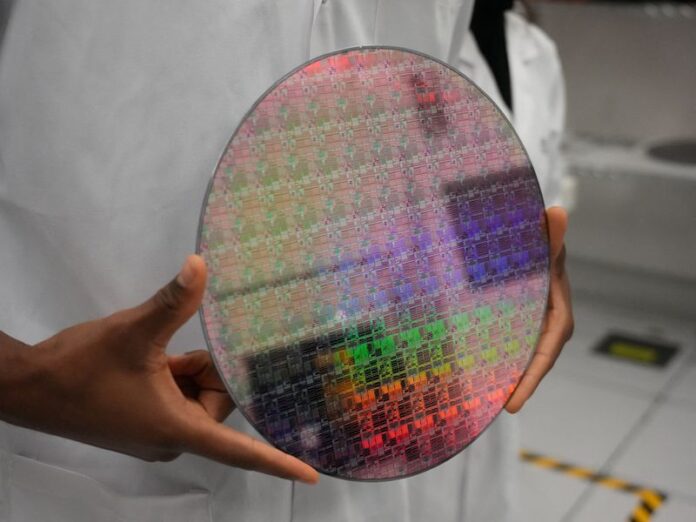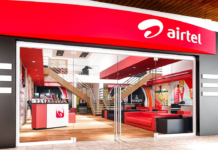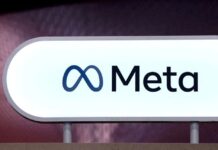(Reuters) – Substrate, a small U.S. startup, said on Tuesday that it had developed a chipmaking tool capable of competing with the most advanced lithography equipment made by Dutch firm ASML (ASML.AS), opens new tab.
Substrate’s tool is the first step in the startup’s ambitious plan to build a U.S.-based contract chip-manufacturing business that would compete with Taiwan’s TSMC (2330.TW), opens new tab in making the most advanced AI chips, its CEO James Proud told Reuters in an interview. Proud wants to slash the cost of chipmaking by producing the tools needed much more cheaply than rivals.
Should the company succeed, it would have economic and national security implications. President Donald Trump has made returning chipmaking to the U.S. a key part of his plans, with the government recently taking a stake in Intel (INTC.O), opens new tab, once a leading chipmaker that has struggled to keep pace with TSMC’s advances in manufacturing.
Substrate has attracted investments from the Central Intelligence Agency-backed nonprofit firm In-Q-Tel, General Catalyst, Allen & Co, Long Journey Ventures and Valor Equity Partners, raising $100 million at a valuation over $1 billion, Substrate said.
What the San Francisco-based company has set out to achieve, though, is hard.
An engineering feat that has eluded even large companies, lithography needs extreme precision. ASML is the only company in the world that has been able to make at scale the complex tools that use extreme ultraviolet (EUV) to produce patterns on silicon wafer at a high rate of throughput.
“At some point, everyone just gave up on the chip problem, and were just willing to accept the TSMC and ASML duopoly,” General Catalyst Managing Director Paul Kwan said.
ASML did not immediately respond to a request for comment.
Substrate said that it has developed a version of lithography that uses X-ray light and is capable of printing features at resolutions that are comparable to the most advanced chipmaking tools made by ASML that cost more than $400 million apiece.
The company said it has conducted demonstrations at U.S. National Laboratories and at its facilities in San Francisco. The company provided high resolution images that demonstrate the Substrate tool’s capabilities. Reuters was unable to independently verify the company’s claims about its technology.
SLASH MANUFACTURING COSTS
“This is an opportunity for the U.S. to recapture this market with a homegrown company,” Oak Ridge National Laboratory director Stephen Streiffer, an expert on high-energy x-ray beams, said in an interview. “It’s a nationally important effort and they know what they’re doing.”
If Substrate succeeds in its plan to drastically reduce the cost of making chips, it will likely have second-order effects, much in the same way SpaceX’s drive to reduce the cost of rocket launches has spurred additional space travel, SemiAnalysis analyst Jeff Koch said.
But there are many steps ahead of the company’s engineers and executives to reach their goal.
“They were steadfast that the (lithography) part was the first thing they had to solve on a mission to do their own process,” Koch said. “Ultimately that displaces TSMC and ASML.”
Developing an advance chipmaking process that could rival TSMC’s costs billions of dollars and has been a challenge for the likes of Intel and Samsung to perfect. Chip factories today cost more than $15 billion to build and require specialized expertise to build and operate.
The company has not received funding from the government directly, but U.S. officials have been interested in Substrate’s efforts, Proud said.
“I think that it’s really important that what we’re doing is commercially viable on its own,” he said. “Secretary Lutnick and others have been engaged from the very start of the administration,” he said, referring to U.S. Secretary of Commerce Howard Lutnick.



















